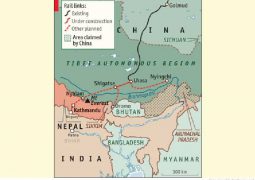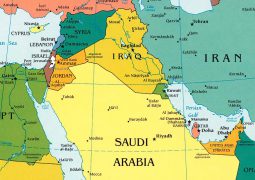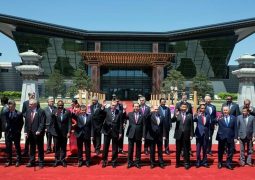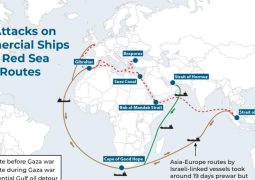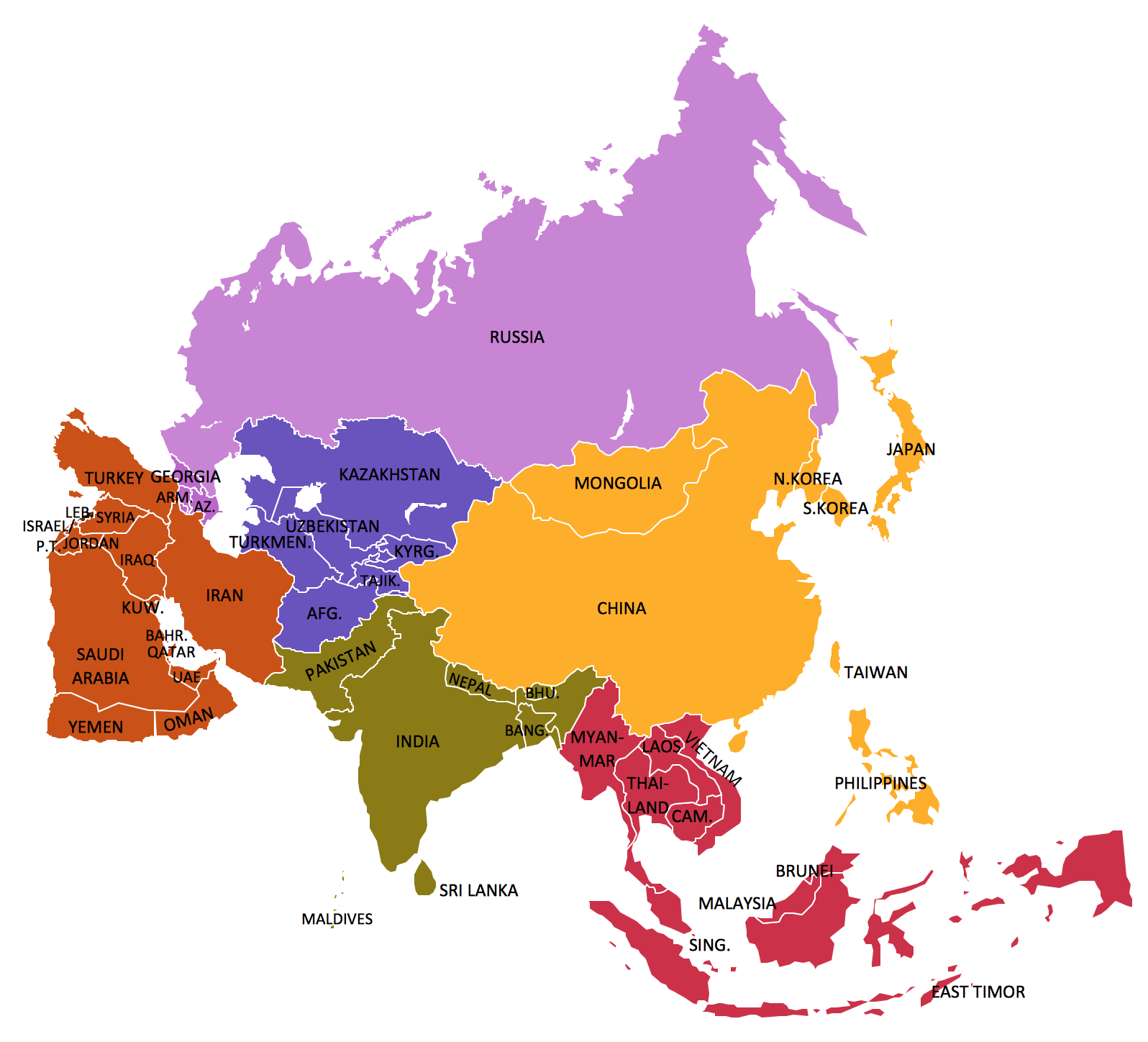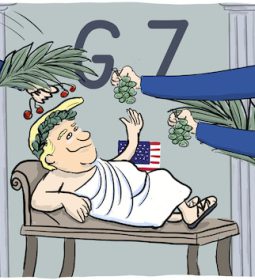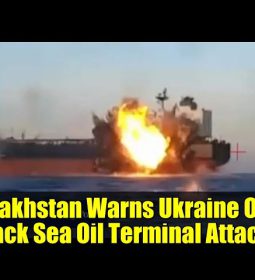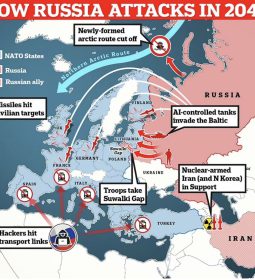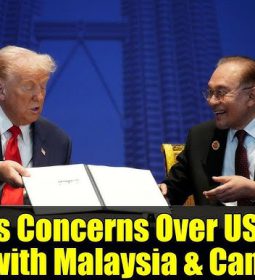ASEAN – 2025: Delivering On Integration

Asean Not Broken—It’s Being Rebuilt
Let us not pretend. Asean is not a failure, but neither is it a fairytale. What it is—at this point in 2025—is a system under repair. Not collapsing. Not coasting. Being rebuilt—carefully, layer by layer. The Asean Economic Community (AEC) was never meant to be a carbon copy of the European Union. It was never going to have a supranational court, a single currency, or a deep fiscal union. But what it did promise was a seamless economic region: a single market and freer movement of goods, services, investment, skilled labour, and capital. Now, a decade since the original 2015 target, we can see clearly what was achieved, what still lags, and what needs to be fixed next.
First, the good news: tariffs are no longer the issue. Asean has done its job on that front. Nearly all tariff lines among the original Asean-6 are at zero. Rules of origin have been streamlined. Customs clearance has improved in many places, especially through the Asean Single Window. The region’s openness to investment is proven. In 2023 alone, Asean attracted a record US$230 billion in FDI. That’s not a theory. That’s real money moving into real factories, logistics hubs, data centres, and downstream ecosystems. Asean’s integration into global supply chains—especially electronics, automotive, and consumer goods—remains strong.
From Agreements to Architecture: A Shift in Focus
But no one serious believes tariffs are the problem now. The real barriers—the ones that matter to businesses—are non-tariff measures (NTMs): duplicative documentation, opaque licensing processes, inconsistent standards, and unpredictable border inspections. These frictions cost time, raise costs, and weaken Asean’s credibility as a truly integrated bloc. And Asean knows it. That is why, in 2025, the region has shifted decisively from headline tariffs to backend systems. Not declarations, but execution. Not slogans, but systems.
The proof lies in three major deliverables this year. First, the ATIGA Upgrade, where negotiations have concluded and a signature is expected at the October 2025 Summit. This isn’t just another protocol. It is a systematic effort to reduce NTMs, harmonise customs processes, and enhance transparency. It targets the daily frustrations of regional trade.
Second, the completion of ACFTA 3.0, Asean’s upgrade of its largest external FTA with China. This version includes new chapters on digital trade, green economy, and supply chain resilience. It reflects Asean’s strategy of rewiring—not retreating—from global commerce.
And third, the Digital Economy Framework Agreement (DEFA), which Malaysia has pushed toward substantial conclusion. It focuses on digital payments, interoperable QR systems, data governance, and MSME inclusion. These are not just digital dreams—they are foundational infrastructure for the 21st-century economy.

This new phase of Asean integration is not loud. But it is serious. It reflects a maturing mindset in the bloc—where less time is spent chasing external applause, and more time is spent fixing internal systems. The AEC Mid-Term Review and the upcoming Strategic Plan 2026–2030 reflect that shift. Asean has moved away from box-ticking compliance toward outcome-based assessments. Instead of asking “Was it signed?”, Asean is asking “Did it reduce friction?” That is the right question.
The Trust Deficit: What Still Holds Asean Back
Still, let us not exaggerate the progress. Many of the old problems remain. Services liberalisation is still shallow. Professional mobility under Mutual Recognition Arrangements (MRAs) exists mostly on paper. Intra-Asean trade remains stuck around 22 per cent of total trade—far below the EU’s 60–70 per cent. And the institutional structure remains weak. Asean still relies on consensus. There are no binding penalties for non-compliance. Peer pressure has improved, but it is no substitute for proper enforcement. Asean’s greatest weakness is not ambition—it is follow-through.
Malaysia’s chairmanship in 2025 deserves credit. It played its role not as a cheerleader, but as a broker. Quiet, methodical, and focused on deliverables. It shepherded the ATIGA upgrade to the finish line, kept ACFTA 3.0 on schedule, and maintained political momentum behind DEFA. That is Asean at its best—not through posturing, but through practical leadership.
What Must Happen Next: Clean Code, Clear Rules
Looking ahead, the road is clear. Asean must tackle NTMs with the same urgency it once gave to tariffs. It must harmonise service regulations, make MRAs portable across borders, and integrate digital infrastructure—especially payments and logistics. Above all, it must strengthen monitoring and institutional accountability. Asean doesn’t need a revolution. It needs better runtime execution.
The lesson of 2025 is this: regional integration doesn’t collapse because of missing treaties. It collapses when businesses lose confidence in the system. Asean still has that confidence—for now. But it must earn it again, year by year, through visible improvements in friction, speed, and certainty.
In short, Asean is not drifting. It is upgrading. And when the code is clean—when customs declarations are digital, NTMs are transparent, services are portable, and the rules are enforced—Asean won’t just be integrated. It will be interoperable. That’s what matters now.
————————————————————————————————————
Samirul Ariff Othman is an economist, international relations analyst, adjunct lecturer at Universiti Teknologi PETRONAS (UTP), and senior consultant with Global Asia Consulting. The views expressed here are entirely his own.
- Previous Kyrgyzstan wants to go crypto with Binance’s help
- Next Disappearing in the Sands of History, Leaving Sad and Miserable Legacy, Macron is Convulsing with 6th PM gone in less 2 years




